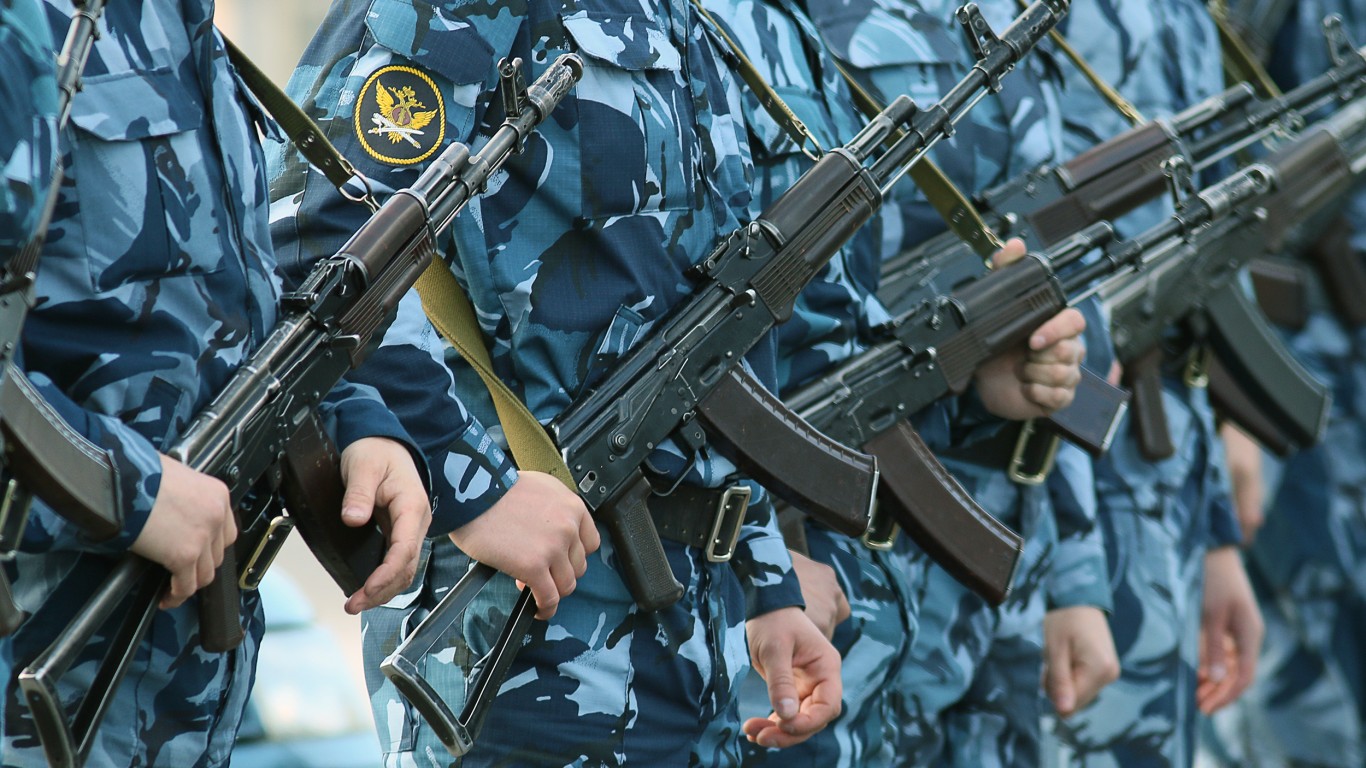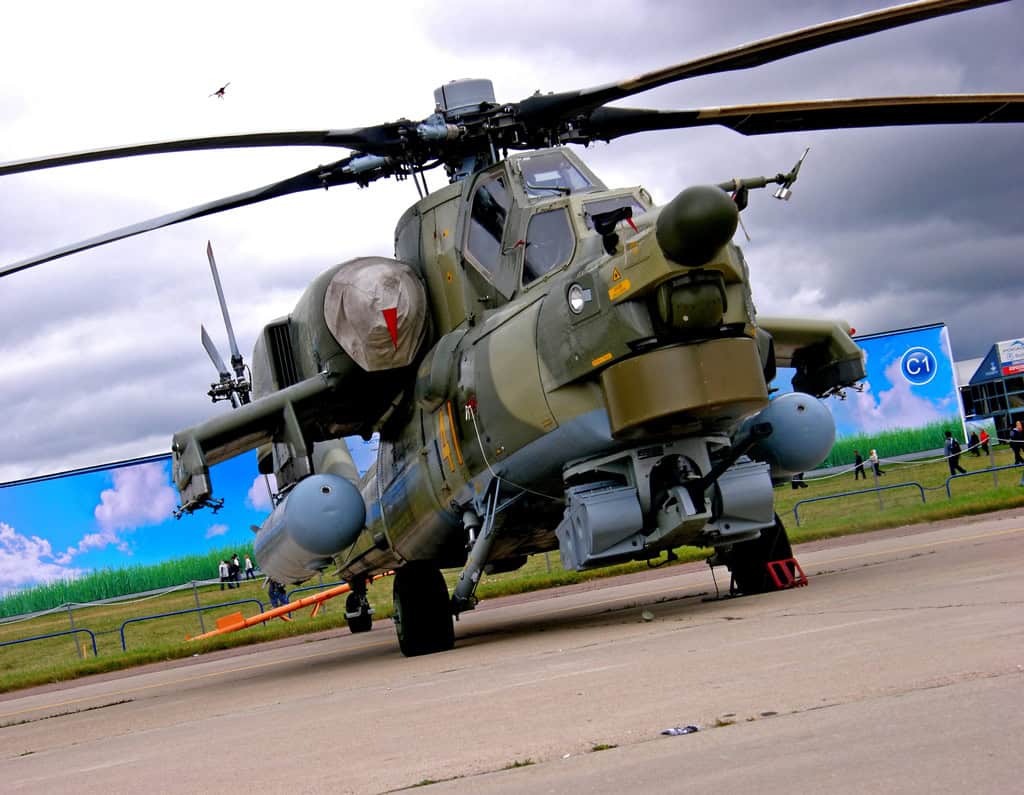
24/7 Wall St. Insights:
- Russia has over 1,500 military helicopters at its disposal with some 500 of these acting as dedicated attack helicopters
- At the heart of this fleet is the Mil Mi-28 Havoc, an attack helicopter designed for anti-armor missions. These can be outfitted with a wide array of weapons including anything from missiles to rocket pods
- On the transport side, the Mil Mi-17 Hip and Mi-26 Halo bolster Russia’s logistics. The Mi-17 is a workhorse, widely used for troop transport, medical evacuation, and cargo missions
- Also: Dividend legends to hold forever
Military dominance of the skies in Eastern Europe more or less belongs to Russia. There is definitely a strong NATO presence in the region, but these forces are tied to a defensive posture among bordering nations. While the Russian influence is felt among its fighter jets, its impressive helicopter fleet vastly outnumbers any single military force in the region. (Which countries support Russia in its conflict with Ukraine.)
Russia has over 1,500 military helicopters at its disposal with some 500 of these acting as dedicated attack helicopters. At the heart of this fleet is the Mil Mi-28 Havoc, an attack helicopter designed for anti-armor missions. These can be outfitted with a wide array of weapons including anything from missiles to rocket pods.
On the transport side, the Mil Mi-17 Hip and Mi-26 Halo bolster Russia’s logistics. The Mi-17 is a workhorse, widely used for troop transport, medical evacuation, and cargo missions. At the same time, the Mi-26 is one of the world’s largest helicopters, capable of lifting heavy military vehicles and equipment. (These are 40 gunship helicopters of the modern age.)
Overall, Russia has an impressive array of helicopters at its disposal, making it a force to be reckoned with in the region. However, this is not to say that its neighbors do not have formidable fleets of helicopters themselves.
24/7 Wall St. is taking a closer look at the helicopter armies of Eastern Europe. To determine the Eastern European countries with the most military helicopters, 24/7 Wall St. reviewed the 2024 military strength report from Global Firepower, an annually updated defense-related statistics website with information on 145 countries. We ranked these countries according to which countries have the most helicopters. We included supplemental information regarding each country’s current air force and overall military strength ranking.
Here is a look at the largest helicopter armies in Eastern Europe:
Why Are We Covering This?
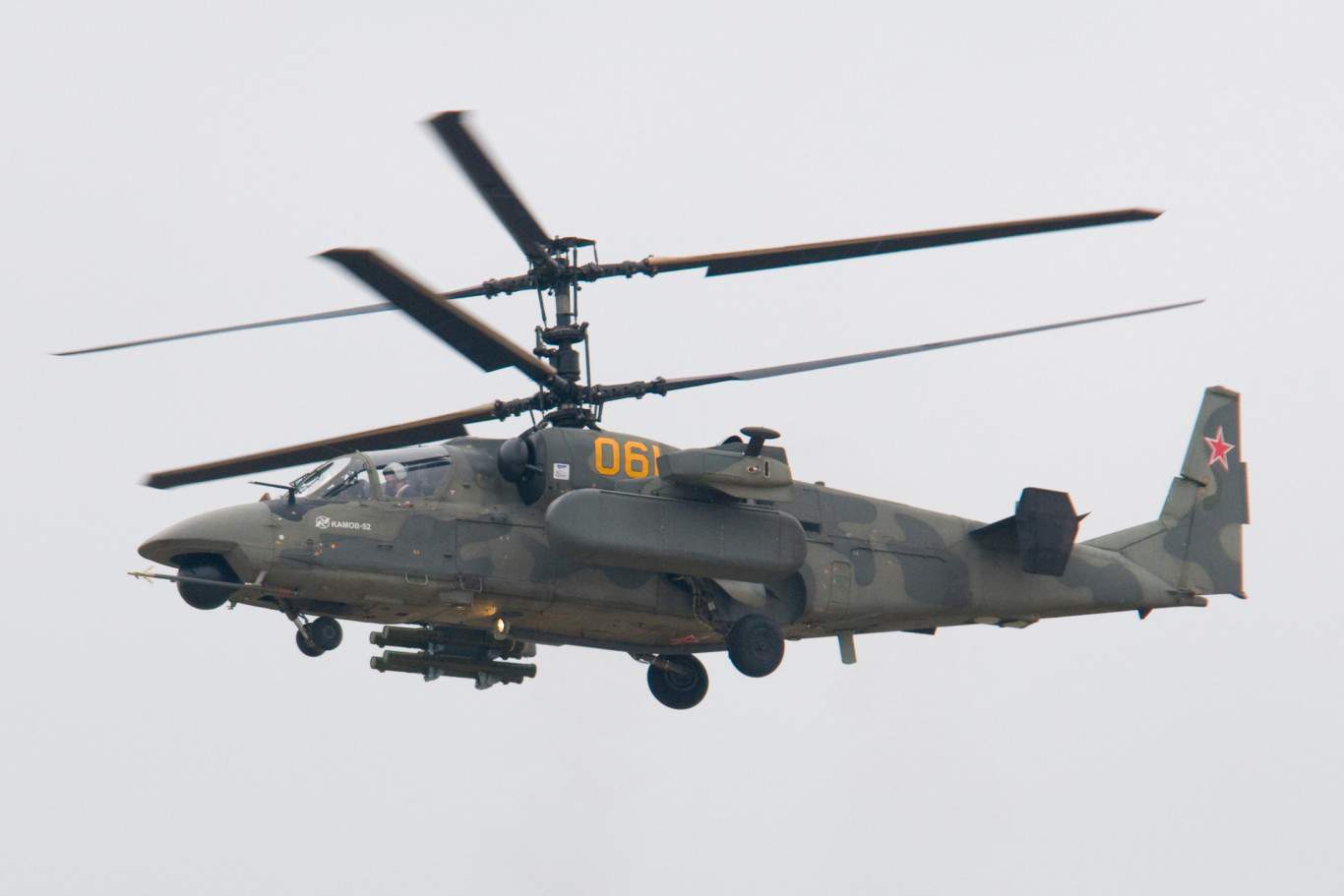
Understanding the military dynamics of Eastern Europe is essential due to the region’s critical geopolitical importance, not to mention the ongoing conflict. Eastern Europe has historically been a focal point of tension, and military power plays an important role in maintaining both political and economic stability. The stability of Eastern Europe remains vital to global security.
11. Moldova
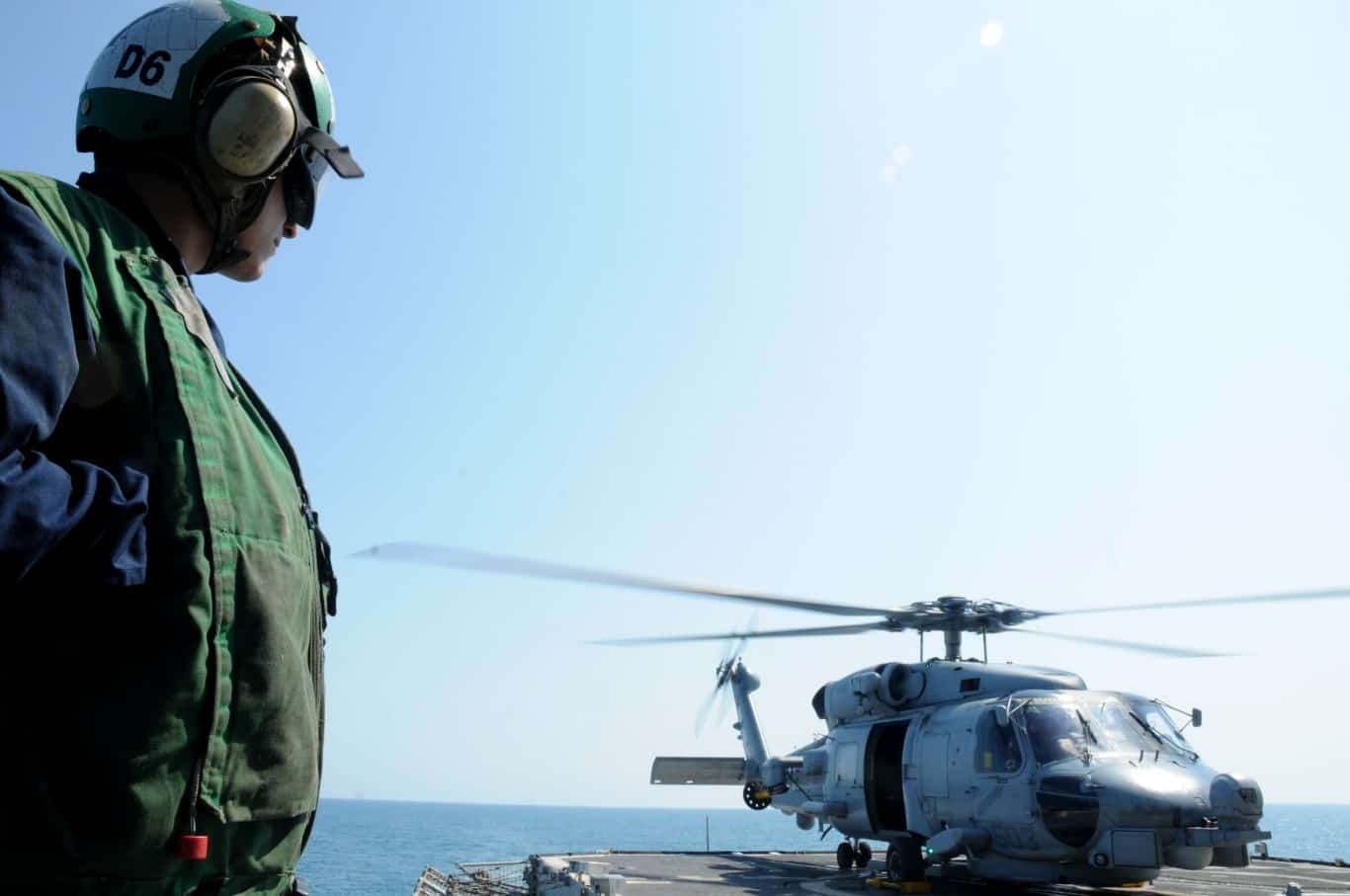
- Total helicopters: 2
- Total attack helicopters: 0
- Total fighter and interceptor aircraft: 0
- Total strike and attack aircraft: 0
- Total military aircraft: 3
- Military strength score and world rank: 4.2311 – #144 out of 145
Moldova is a small landlocked country in Eastern Europe that maintains a small air force. In total the country has 3 military aircraft, with two of them being helicopters.
The Moldovan military has been relatively slow in its development since it gained independence from the Soviet Union in 1991. Initially, Moldova inherited some assets from the Soviets but limited funding and political instability. One thing to note is that Moldova remains fairly neutral and does not align with any military alliances like NATO.
Overall, Moldova ranks as one of the weakest militaries in the world. This is a result of a few factors like active personnel, aircraft, and assets in general. The country only has roughly 8,500 active military personnel, three military aircraft, and only a handful of military vehicles.
For a country of just over 2.5 million people and only slightly larger than Maryland, its military seems to fit its objectives. Moldova’s military primarily serves national security, which is not a big issue as the country has neutrality enshrined in its constitution, and international peacekeeping missions.
10. Montenegro

- Total helicopters: 11
- Total attack helicopters: 0
- Total fighter and interceptor aircraft: 0
- Total strike and attack aircraft: 0
- Total military aircraft: 11
- Military strength score and world rank: 2.9109 – #129 out of 145
Montenegro’s air force is fairly limited, consisting mainly of transport helicopters for logistics. It does not have any combat aircraft, but it does have a NATO affiliation which guarantees collective security from bigger nations like the United States or France that have a plethora of combat aircraft.
Despite having a smaller standing army than Moldova, active personnel totaling just over 2,000, Montenegro has much more military assets. One interesting thing to note is that Montenegro does not operate any tanks, not for lack of trying but in adopting more modern military doctrines.
The most notable military branch for this country is its navy. Moldova’s location along the Adriatic coastline necessitates offshore patrol vessels. These primarily serve for national security. However, recent efforts have been made with the navy to further modernize its fleet with the help of its NATO allies.
9. Slovakia
- Total helicopters: 22
- Total attack helicopters: 0
- Total fighter and interceptor aircraft: 0
- Total strike and attack aircraft: 0
- Total military aircraft: 37
- Military strength score and world rank: 1.1891 – #69 out of 145
Since Slovakia came into existence from its dissolution from Czechoslovakia in 1993, it has emerged as a formidable force in the region. The military was initially built on Soviet-era assets but since joining NATO in 2004, Slovakia has made Western additions to its forces. It has 37 military aircraft in its arsenal with 22 of these being helicopters.
In terms of ground forces, Slovakia has just under 20,000 active military personnel and over 2,000 military vehicles. For tanks, Slovakia is still relying on the Soviet-era T-72 models which make up most of its armored capabilities.
Again, as a landlocked country, Slovakia has no navy to speak of, but its forces have participated in joint NATO naval operations. Its membership with NATO comes with privileges and recent modernization efforts seem to prove it.
8. Bulgaria

- Total helicopters: 27
- Total attack helicopters: 4
- Total fighter and interceptor aircraft: 11
- Total strike and attack aircraft: 5
- Total military aircraft: 65
- Military strength score and world rank: 1.0132 – #62 out of 145
Bulgaria has a long military history, particularly from the Balkan Wars and both World Wars. Although Bulgaria was not part of the Soviet Union, it was a close ally during the Cold War. However, alliances have shifted over the years resulting in Bulgaria joining NATO in 2004.
The Bulgarian military consists of roughly 37,000 active personnel, 65 military aircraft, over 7,000 vehicles. Its navy is one of the larger forces in the region as well. It has 27 helicopters in its force, with 4 designated as attack helicopters.
In terms of its air force, Bulgaria’s fighter jet fleet is primarily composed of MiG-29s with a handful of Su-25s ready. However, recent moves by the Bulgarian Air Force are attempting to procure a number of F-16V Viper fighter jets from the United States. This is part of Bulgaria and NATO’s plan of securing the region.
On the ground, Bulgaria operates over 200 tanks, primarily T-72 models, but many are outdated. The Bulgarian Army also includes some artillery as well.
Bulgaria’s navy plays an important role in the Black Sea considering the current instability. The fleet includes some frigates and patrol boats, which can play into NATO’s naval operations.
7. Czechia

- Total helicopters: 33
- Total attack helicopters: 3
- Total fighter and interceptor aircraft: 12
- Total strike and attack aircraft: 16
- Total military aircraft: 88
- Military strength score and world rank: 0.7706 – #46 out of 145
Czechia has a standing army of roughly 28,000 active personnel. These are primarily divided between the army, which is its largest branch, followed by the air force. Czechia has no navy as it is landlocked.
Its air force operates a fleet of Saab JAS 39 Gripen multirole fighter jets, which serve as the backbone of the nation’s air defense. Additionally, Czechia is looking to update its helicopter fleet with the addition of UH-1Y Venom helicopters from its NATO allies.
Following the peaceful dissolution of Czechoslovakia in 1993, Czechia developed its own military forces. The country, like many others in the region, was part of the Warsaw Pact but Czechia was quicker to join NATO than most, entering the alliance in 1999. Its military is a mix of Soviet-era tech and NATO standard assets.
On the ground, Czechia operates around 60 tanks, including T-72 models that come from its Warsaw Pact days. Efforts are also underway to modernize its armored fleet.
Czech forces have been regularly deployed in NATO and EU peacekeeping operations, including missions in Afghanistan, Iraq, and the Balkans. They are a staple of NATO forces in the region.
6. Hungary
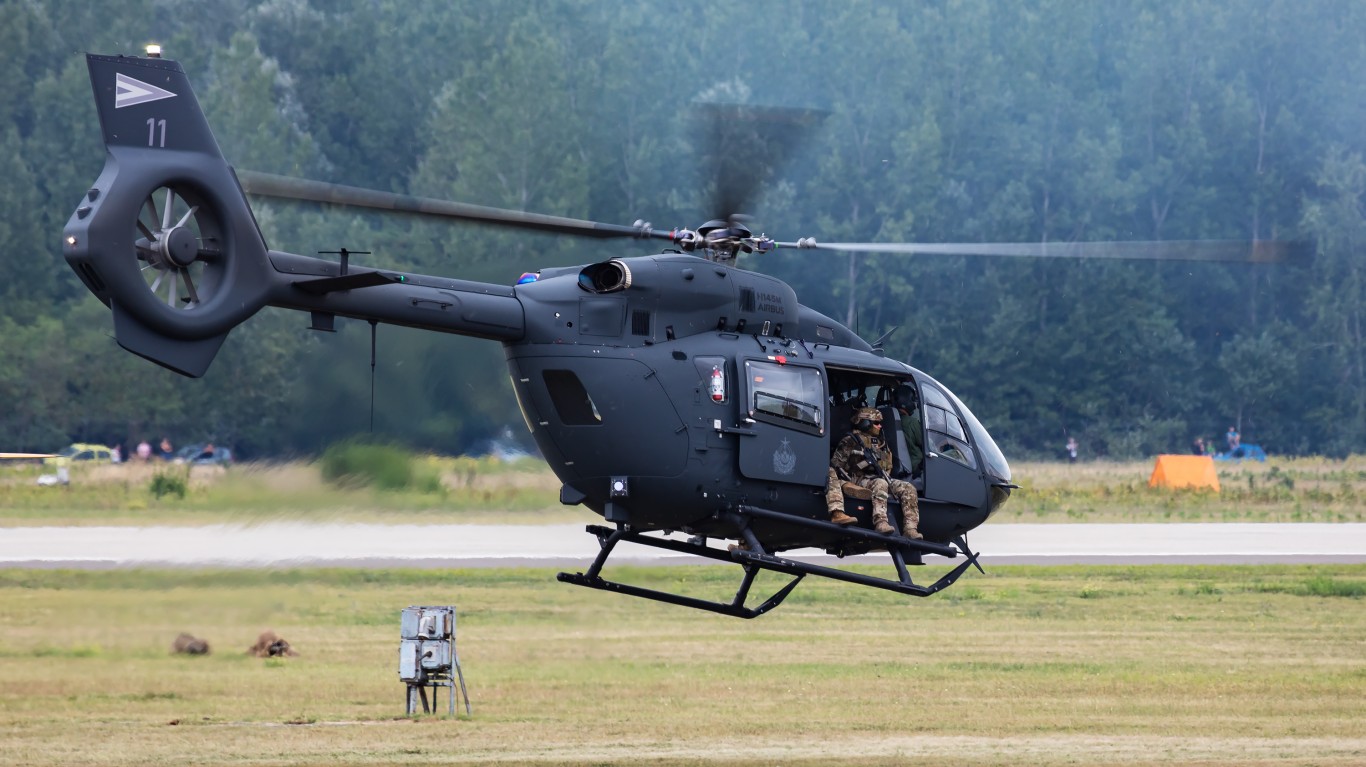
- Total helicopters: 38
- Total attack helicopters: 8
- Total fighter and interceptor aircraft: 12
- Total strike and attack aircraft: 0
- Total military aircraft: 62
- Military strength score and world rank: 0.8478 – #54 out of 145
Hungary’s air force primarily consists of transport and utility helicopters, along with Gripen fighter jets, acquired from Sweden. It is currently undergoing a modernization effort within its fleet, namely acquiring more H225M combat helicopters.
Following World War II, Hungary joined the Warsaw Pact, a military alliance composed of many central and eastern European nations made in response to the formation of NATO. While this would heavily impact Hungary’s military doctrine to a more Soviet way of thinking, Hungary would eventually turn to NATO in the late 1990s. As a result, Hungary’s military seems to be a mix of East and West, with modernization efforts pushing more to the West.
Hungary has a standing army of roughly 42,000 active personnel, flanked by a sizable tank force and a relatively small air force, comparatively.
Hungary’s tank force comes mainly from the Soviet era, consisting mainly of T-72 models. However, as with its modernization efforts, Hungary is looking to add more Western tanks and armored vehicles from its NATO allies.
Although Hungary is landlocked and has no navy, its forces still perform joint operations with its NATO allies to get some training in.
5. Belarus
- Total helicopters: 64
- Total attack helicopters: 25
- Total fighter and interceptor aircraft: 37
- Total strike and attack aircraft: 51
- Total military aircraft: 183
- Military strength score and world rank: 1.0901 – #64 out of 145
Like many of the other Soviet satellites, Belarus inherited a great deal of Soviet infrastructure and assets that it still uses. For one, Belarus has one of the largest air forces in the region with over 180 aircraft at its disposal. It operates a series of modernized MiG-29 and other Sukhoi fighter jets in conjunction with a sizable helicopter fleet.
Although Belarus came into its own in 1991 following the dissolution of the Soviet Union, it still maintains strong ties with Russia. These ties have greatly benefited this small Eastern European country, especially in terms of its military.
The Belarusian Army is fairly tank-heavy, with roughly 500 tanks. These are mainly Soviet-era T-72 models. The tanks work in tandem with a sizable artillery backing and even advanced multiple launch rocket systems.
It should be noted that Belarus, like many of these other countries, is landlocked so it does not operate a navy. However, its strong ties to Russia avail it of naval assets for joint operations.
Under the leadership of President Alexander Lukashenko since 1994, the military has greatly improved. This is also considering its close military alliance with Russia, which implies a mutual defense agreement, much like that of NATO countries.
4. Romania
- Total helicopters: 67
- Total attack helicopters: 0
- Total fighter and interceptor aircraft: 14
- Total strike and attack aircraft: 0
- Total military aircraft: 131
- Military strength score and world rank: 0.7712 – #47 out of 145
In terms of the air force, Romania operates a series of F-16 jets obtained from its NATO allies. However, it has over 40 new F-35 Lightning II fighter jets on order from the United States. These are on the cutting-edge of stealth technology and pack some serious firepower.
As another member of the Warsaw Pact, Romania has seen significant improvement in its military since the dissolution of the Soviet Union. Like many other Soviet-bloc nations, Romania inherited assets and infrastructure after the fall but has since transitioned to allying with more Western powers when it joined NATO in 2004.
Compared to most countries in the region, Romania operates a formidable tank force with roughly 350 units in service. Many of these, like the T-72, were inherited from the Soviets. However, Romania is locally producing its own tanks as well, like the TR-85 model.
Romania’s navy, although small, is important as a result of the country’s Black Sea coastline. Its fleet of frigates, corvettes, and patrol boats contributes to regional security and NATO naval operations.
3. Ukraine

- Total helicopters: 130
- Total attack helicopters: 33
- Total fighter and interceptor aircraft: 72
- Total strike and attack aircraft: 30
- Total military aircraft: 321
- Military strength score and world rank: 0.2598 – #18 out of 145
As it stands now, Ukraine has active military personnel totaling roughly 900,000. Along with this, it has over 320 military aircraft and nearly 1,800 tanks. However, as the conflict is ongoing, these numbers are subject to change.
Ukraine’s military has undergone a significant transformation since it gained independence from the Soviet Union in 1991. However, the current conflict may serve to reunify some regions of Ukraine with Russia. This is yet to be seen as the conflict is ongoing.
For going up against a world military superpower, Ukraine has fared decently over the past two years. Although Russia greatly outmatches Ukraine on basically all fronts, Ukraine has stood its ground respectably. According to the force ratio principle, or 3:1 rule, an invading force typically needs to be significantly larger than the defending force to succeed, which makes Ukraine’s ability to hold its ground against a much larger Russian military seriously impressive.
2. Poland
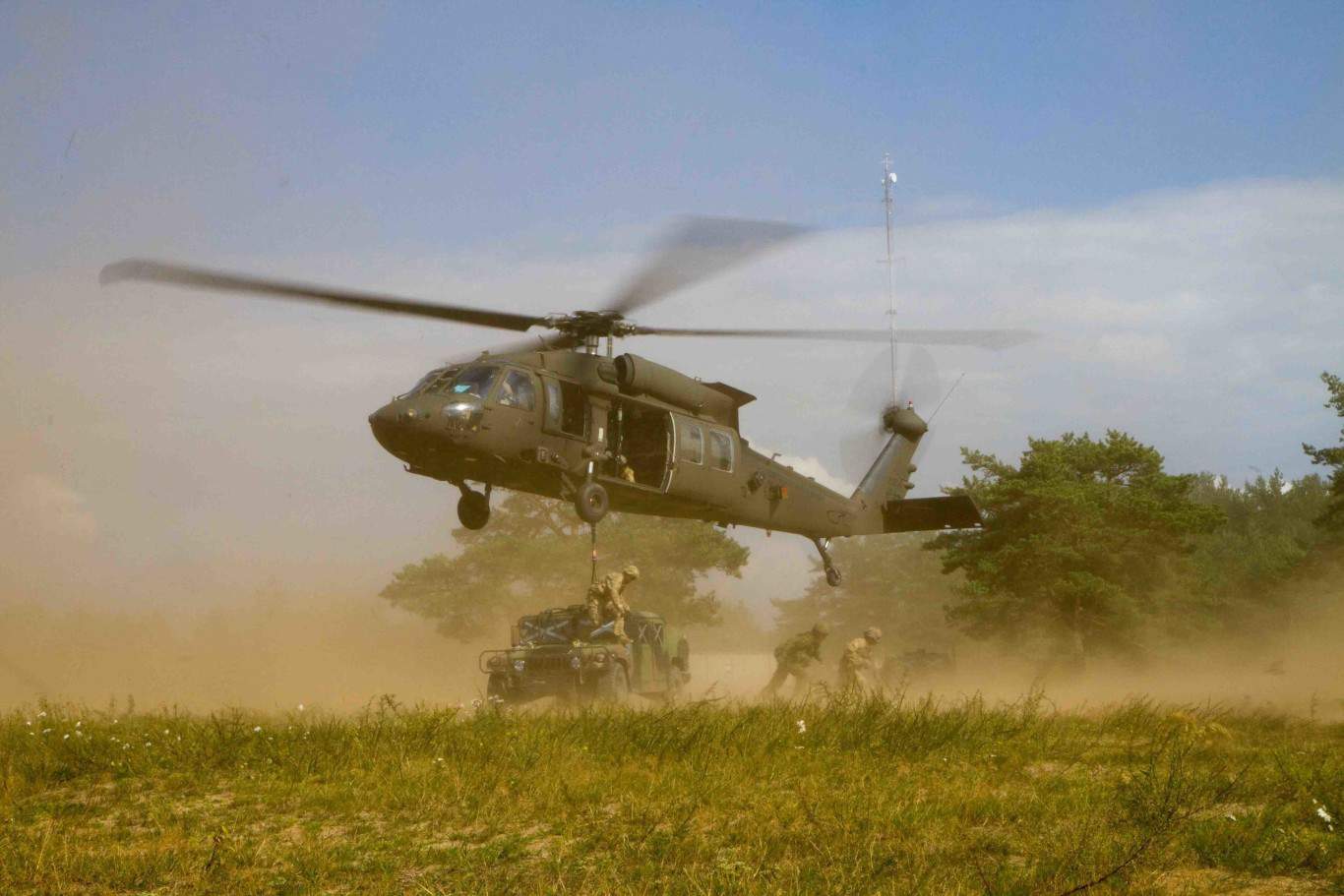
- Total helicopters: 215
- Total attack helicopters: 30
- Total fighter and interceptor aircraft: 59
- Total strike and attack aircraft: 34
- Total military aircraft: 468
- Military strength score and world rank: 0.2917 – #21 out of 145
Poland joined NATO in 1999 and turned its focus to modernizing its military to fit NATO standards. With this came moving away from Soviet-era assets in favor of more advanced tanks and jets, like the Leopard 2s and F-16s. Even today, Poland is investing heavily in the new F-35 Lightning II fifth-generation fighter jets, with over 30 on order. Poland has over 200 military helicopters at its disposal.
For some background, in the years after World War II, Poland fell under Soviet influence and became a key member of the Warsaw Pact, with its military closely tied to the Soviet school of thought. However, the fall of communism resulted in Poland quickly distancing itself and aligning with Western powers.
In terms of its ground forces, Poland operates over 600 tanks. The German Leopard 2 and locally produced PT-91 are mainstays of its force. The navy is comprised of frigates, submarines, and patrol boats that primarily operate in the Baltic Sea.
Poland’s military boasts over 200,000 active personnel and is easily one of the largest forces in the region. Outside of Russia and Ukraine, which are involved in a hot conflict, Poland is home to one of the all-around strongest militaries in the region.
1. Russia
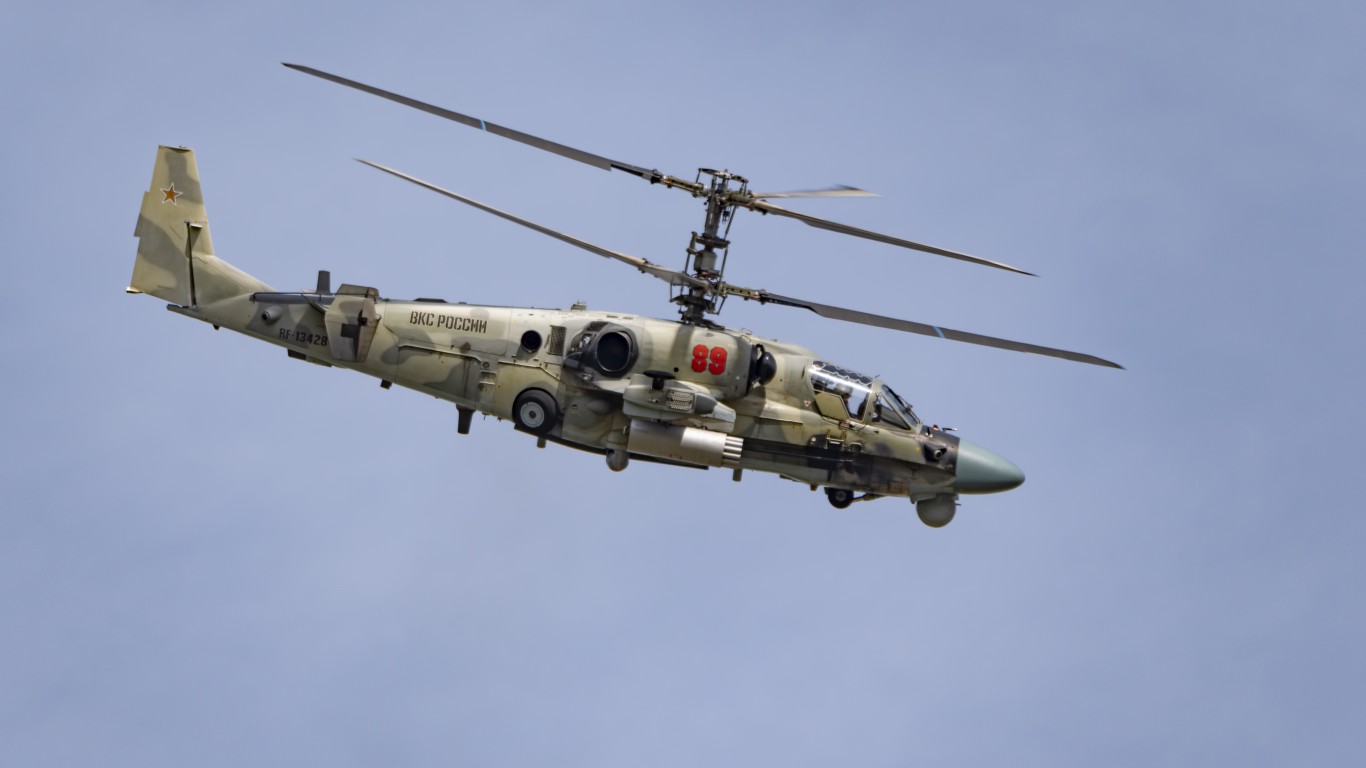
- Total helicopters: 1,547
- Total attack helicopters: 559
- Total fighter and interceptor aircraft: 809
- Total strike and attack aircraft: 730
- Total military aircraft: 4,255
- Military strength score and world rank: 0.0702 – #2 out of 145
Russia operates one of the most advanced air forces in the world. It is one of the elite club that is actually developing its own fifth generation fighter jets that incorporate the newest stealth technology. It has over 1,500 helicopters in its arsenal, with over 500 of these designated as attack helicopters.
Russia’s military is by far one of the largest and most powerful in the world, it occupies an elite club with the likes of China and the United States in terms of its military might. Russia has a long history characterized by its role in global conflicts, and this has shaped it into the army that it is today.
The Red Army played a huge factor in World War II as it marched across the Eastern front to Berlin to secure a loss for the Axis Powers. In the decades following the Second World War, the Cold War emerged as a struggle between East and West as competing military doctrines further shaped the militaries of NATO and Soviet-bloc nations.
One of these guiding principles on the Soviet side was the importance of tanks. By square mileage Russia is the largest country on Earth, but how do you defend all this ground? The Soviet school of thought was to build the world’s largest tank army, and this idea continues to this day in Russia’s armored divisions.
Overall, Russia is home to one of the world’s strongest military forces, there is no doubt about that.
Get Ready To Retire (Sponsored)
Start by taking a quick retirement quiz from SmartAsset that will match you with up to 3 financial advisors that serve your area and beyond in 5 minutes, or less.
Each advisor has been vetted by SmartAsset and is held to a fiduciary standard to act in your best interests.
Here’s how it works:
1. Answer SmartAsset advisor match quiz
2. Review your pre-screened matches at your leisure. Check out the advisors’ profiles.
3. Speak with advisors at no cost to you. Have an introductory call on the phone or introduction in person and choose whom to work with in the future
Thank you for reading! Have some feedback for us?
Contact the 24/7 Wall St. editorial team.




